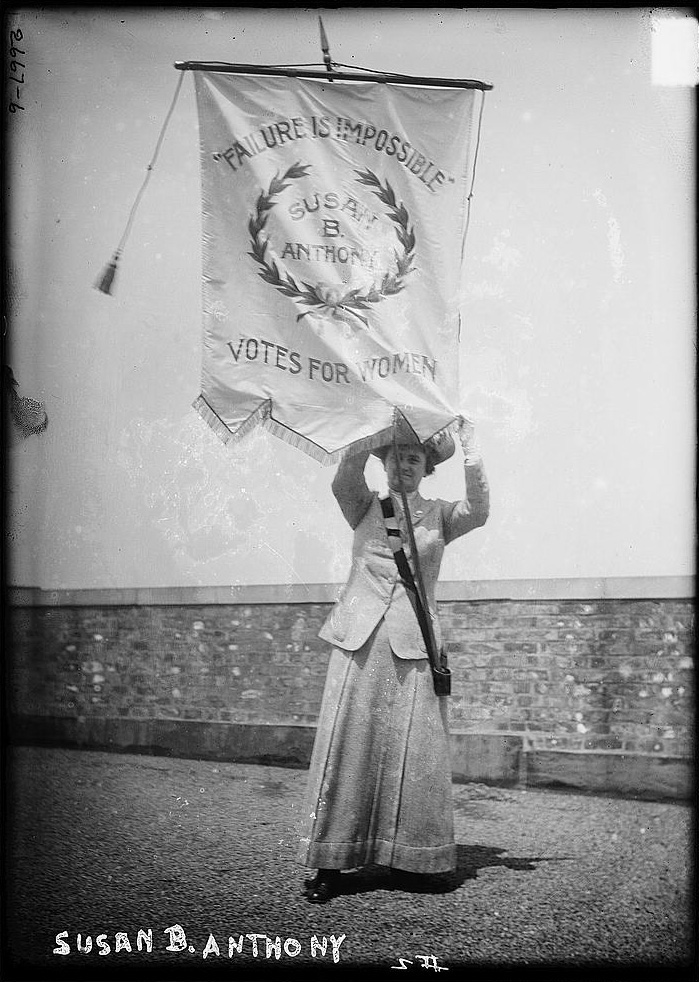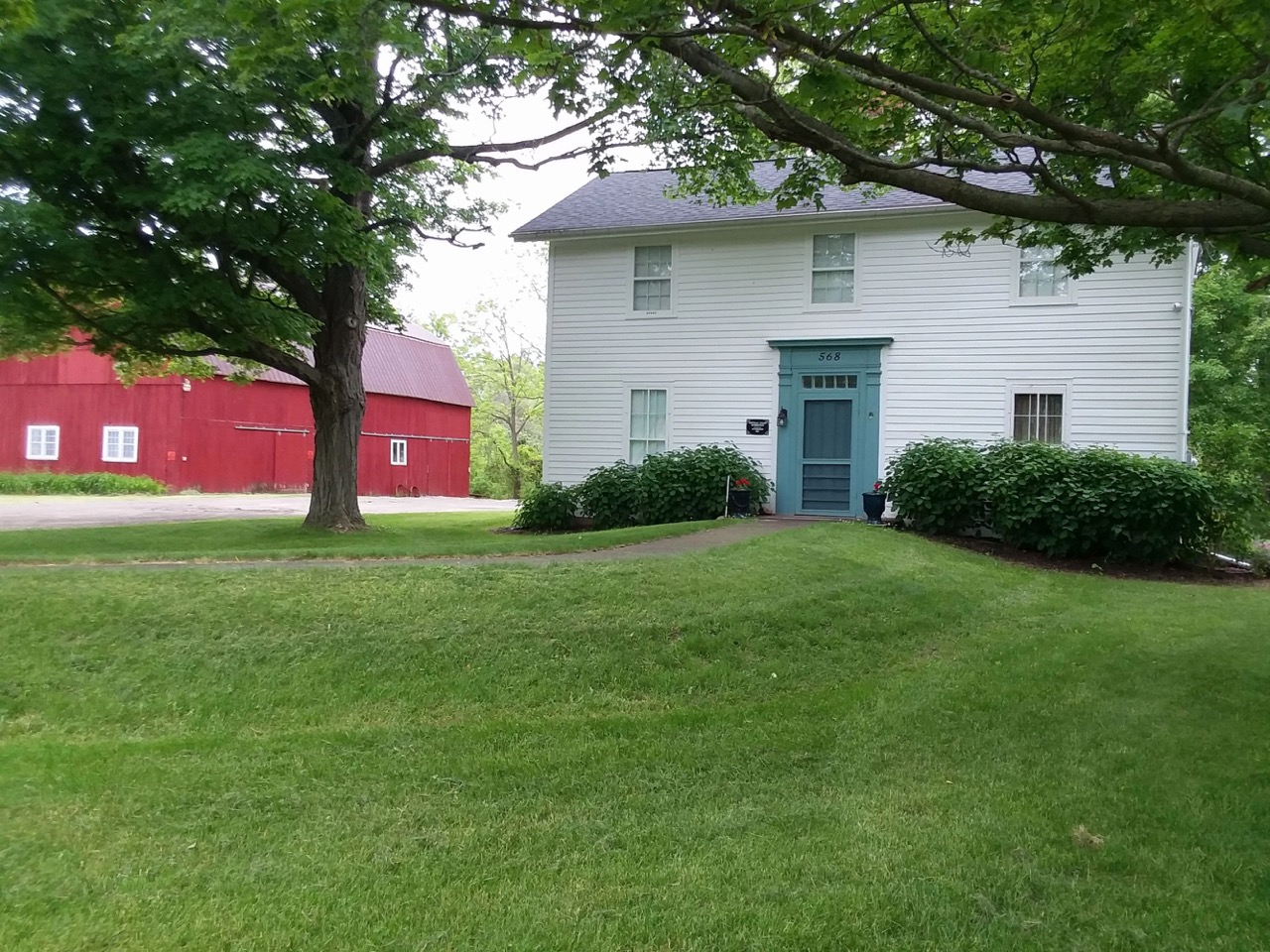Erie Canal played pivotal role in women’s rights movement

We approach November’s presidential election against the backdrop of the 100th anniversary of Congress certifying the 19th Amendment on August 26, 1920. With voting access in full focus today, we remember the women and men who convened for the first Women’s Rights Convention in 1848 in Seneca Falls. This historic meeting set in motion the women’s rights movement across the nation and laid the groundwork for giving all American’s the right to vote.
The Erie Canal played a pivotal role in assisting women in the movement to spread their message across upstate New York. Initially starting with the “canal boat campaign,” Elizabeth Cady Stanton and her fellow suffragettes hung pennants from boats while traveling from town to town, making speeches. Later, Susan B. Anthony and other upstate New York women rode bicycles along the towpath to spread their message.
Yet even as Congress certified the 19th Amendment, the law was not all-inclusive. Minorities including African American, Chinese American, and Native American women were excluded, as were unmarried and non-land holding white women. It took another 45 years until the Voting Rights Act of 1965 prohibited racial discrimination in voting.
The National Park Foundation recently kicked off a Women in Parks initiative, with more than 20 inaugural grants to help ensure that centuries of under-recognized contributions to the U.S. made by women are shared and preserved to inspire current and future generations. One of the awards went to the Erie Canalway National Heritage Corridor to produce a video about how women traversed the Erie Canal to attend rallies in Seneca Falls to pass the 19th Amendment. Their contributions helped create a culture of social reform movements still evident along the Erie Canal today. The program will air in early 2021 on PBS and across multiple channels, including YouTube, radio, and social media.
Provided information




